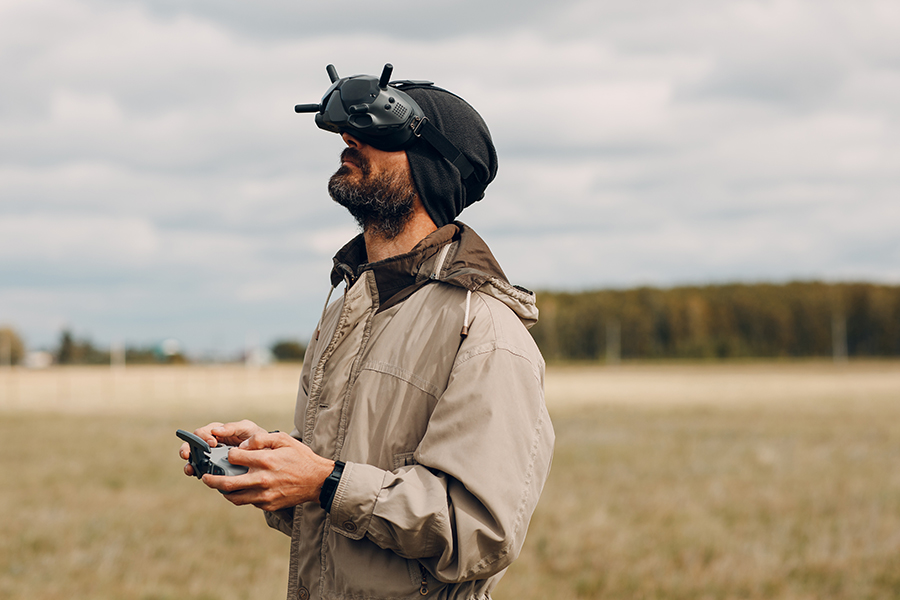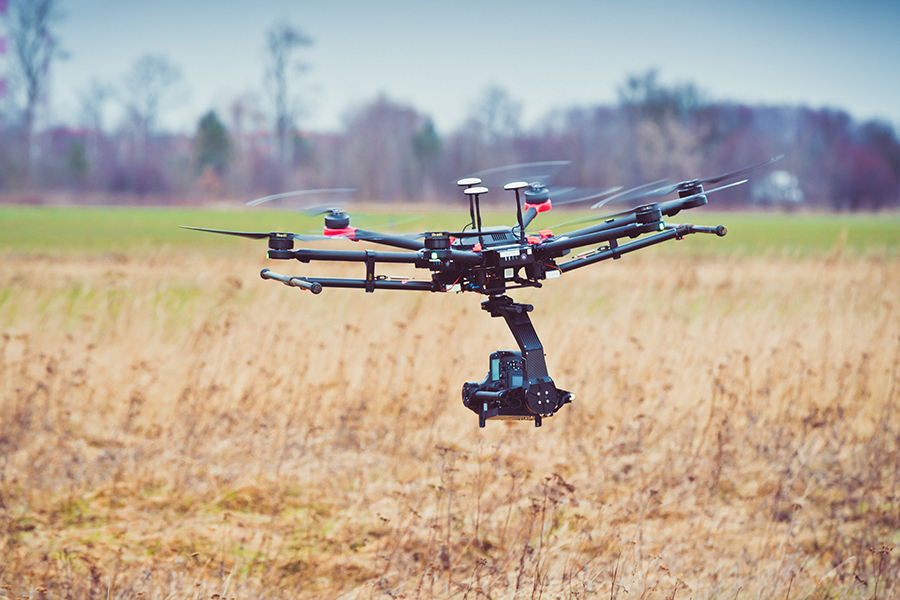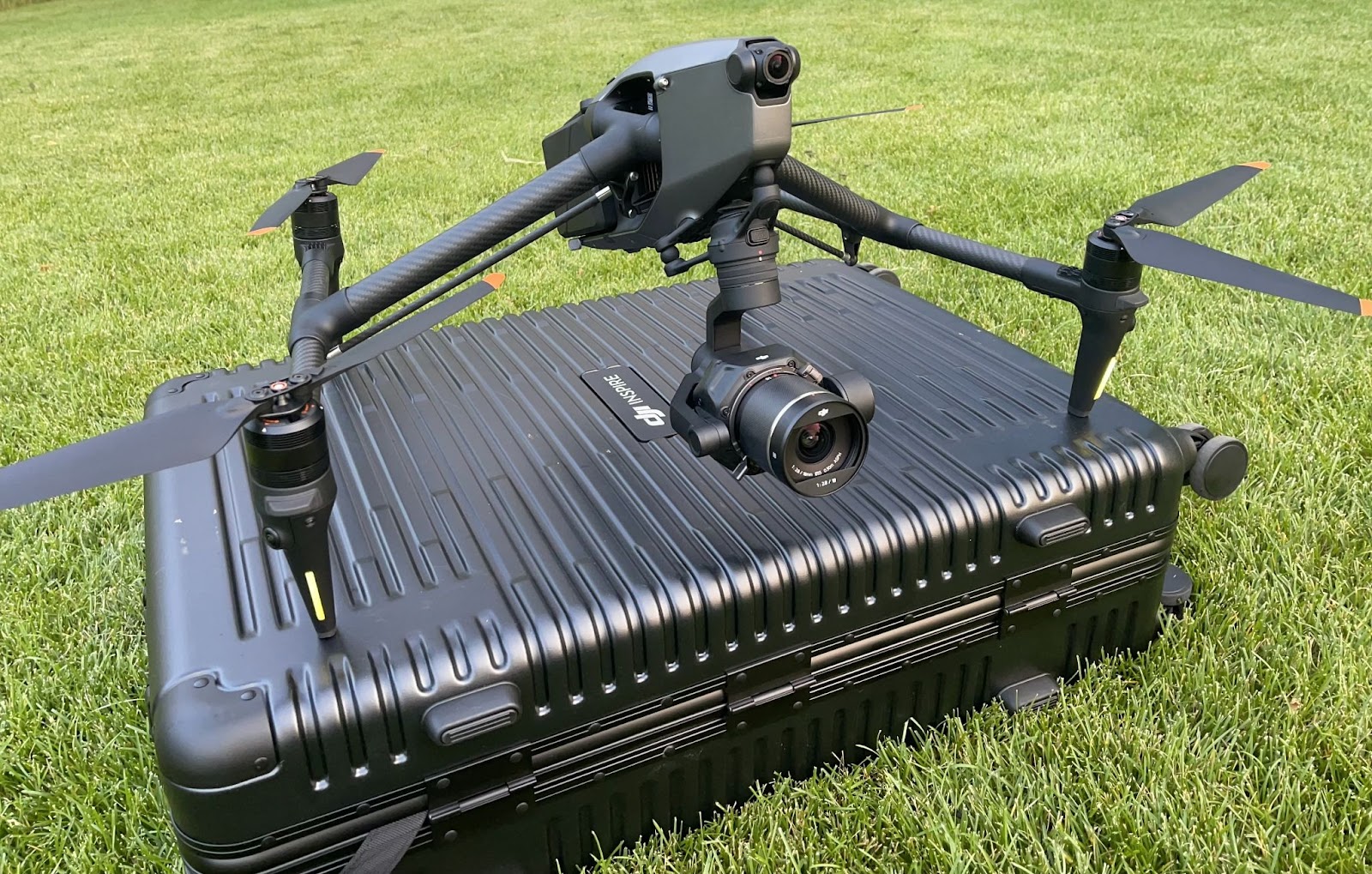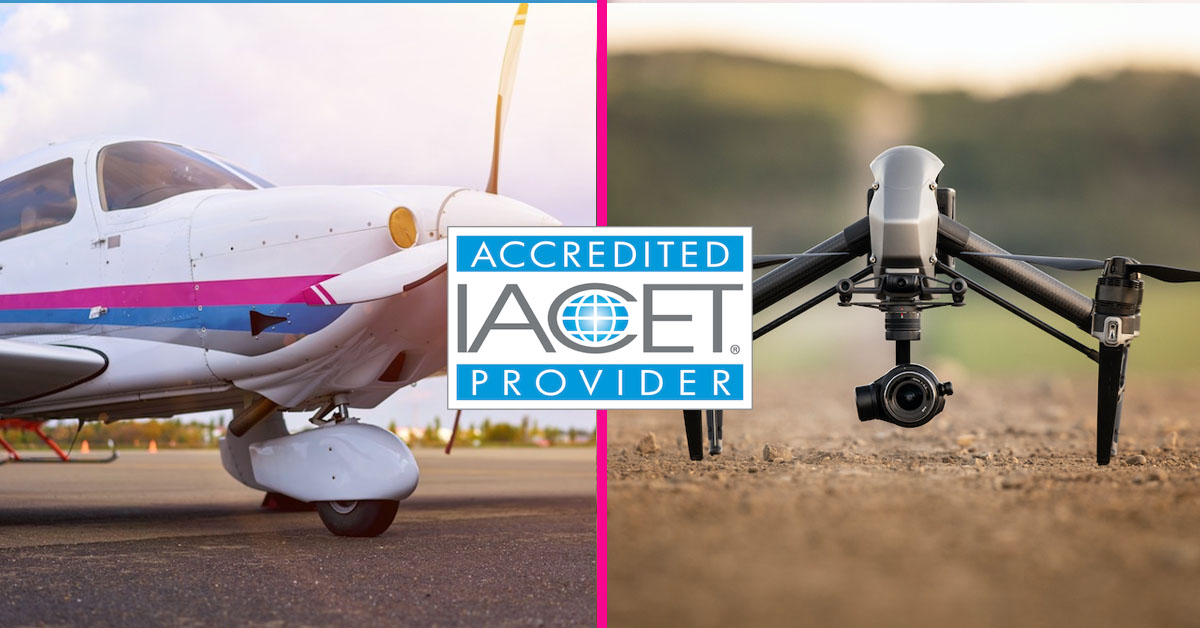Before 2022 ended, the FAA released Advisory Circular 91-57 which provided the guidelines for the recognition of Community-Based Organizations (CBOs). This had been a long time coming and is something very useful for recreational drone pilots.
With the guidelines in place, the FAA has also started identifying officially recognized CBOs. There are currently three organizations on this list. Which of these CBO’s rules should you follow for recreational drone flight? Do you need to be a member of a CBO to be able to fly recreationally and legally?
The role of CBOs in recreational drone flight
Community-based Organizations (CBOs) is a term that was legally defined in Section 44809 or the “Exception for Limited Recreational Operations of Unmanned Aircraft.” More importantly, Section 44809 states that the use of a drone for recreational purposes should be done “in accordance with or within the programming of a community-based organization’s set of safety guidelines that are developed in coordination with the Federal Aviation Administration.”
This means that recreational drone pilots need to comply with CBO-defined safety guidelines on top of the rules already outlined in Section 44809. These safety guidelines typically have to do with circumstances that are not expressly defined under Section 44809 – flight over people or other objects, night operations, or maintaining a visual line of sight.
Although there is some challenge in having to comply with different safety guidelines under different CBOs, this rule also expands the possibilities for recreational drone flight. Pilots will just need to do some of the legwork in researching the CBO rules that are appropriate to their planned operations.
Do you need to be a member of a CBO?
No, you do not need to be a member of a CBO to fly by their safety guidelines. This is clearly defined by the FAA. The guidelines of CBOs can be freely accessed online and can be quoted without having to seek the permission of the CBO.
Which CBO’s rules should you follow?
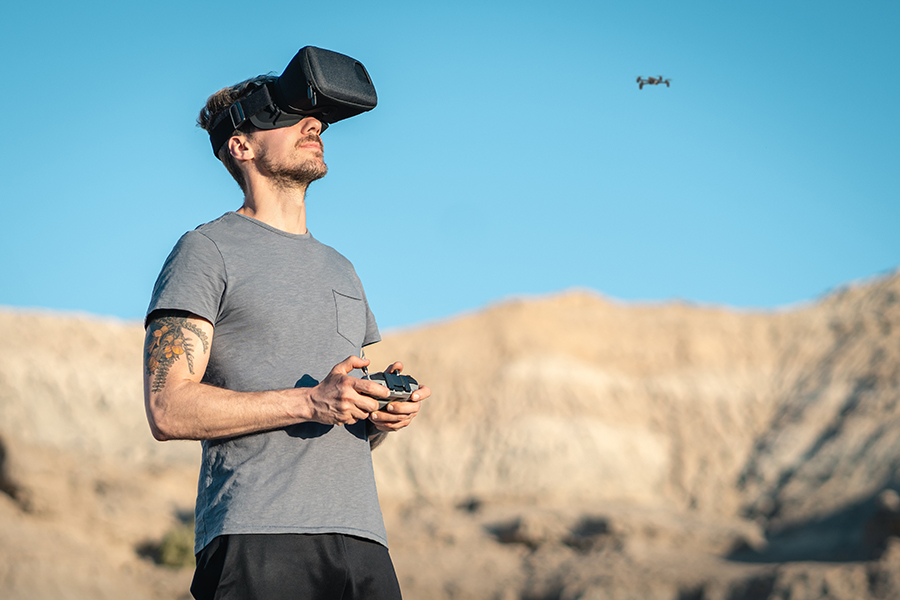
The first thing to take note of is that you do not have to stick to the safety guidelines of a single CBO. You can use the guidelines interchangeably depending on what you plan to do with your drone. You may find that one CBO’s rules work better for night operations, while another CBO has rules that are more tailor-made for FPV flights.
However, you need to be able to cite which safety guidelines of which CBO you are following, should you get asked by law enforcement, an FAA representative, or any person with authority. This emphasizes the importance of documentation and doing your research before heading out for a flight. It might even be a good idea to print out the rules that are relevant to what you are doing and carry them with you.
Right now, only three CBOs have been recognized by the FAA. These three are:
- Academy of Model Aeronautics (AMA)
- First Person View (FPV) Freedom Coalition
- Flite Test Community Association (FTCA)
The safety guidelines for drone pilots from each CBO are all available online. We have collated the links below for your convenience:
The AMA has a separate document covering the guidelines for FPV operations.
Most of the guidelines from the CBOs constitute what we commonly refer to as “common sense rules.” These cover matters that drone pilots should already know before they start flying drones for the first time. For recreational pilots, these include:
- Drone registration for drones that weigh 250 grams or more.
- Completing the TRUST test and securing proof of test passage.
- Completing a pre-flight inspection checklist including checking for airspace type, Temporary Flight Restrictions (TFR), and Notice to Airmen (NOTAM).
- Securing airspace authorization when flying in airspace outside Class G airspace.
- Making sure that you are in the proper physical condition to operate a drone. Both the AMA and FTCA refer to the IMSAFE checklist.
- Yielding the right of way and maintaining separation from manned aircraft.
- Not flying in a manner that is reckless, careless, or dangerous.
Many of the rules also overlap with those found in Section 44809, including the strict restriction on drone operations that are not recreational. A few other crucial points are common across all CBO safety guidelines:
- Flying drones over people is prohibited.
- A visual observer is needed for FPV flight.
- All visual observers must be co-located with the drone pilot.
With that out of the way, what are the guidelines that are not common between the three FAA-recognized CBOs? To keep this simple, we have prepared a table summarizing the CBO safety guidelines for circumstances that are outside the conditions of standard drone operations.
Please not this is a summary – read through the CBO’s rules to confirm the information below.
| Pilot Institute | FliteTest Community Association | FPV Freedom Coalition | AMA |
| Flying over/near people/objects | No Flying Over people. 25’ from other pilots. 50’ from spectators. | No Flying Over people. Don’t disrupt or pose a danger to emergency response efforts, areas where crowds of people gathering, or civil infrastructure, including power, water, and transportation facilities. | No Flying Over people. 100’ from spectators during free flights. 25’ from individuals. 50’ from spectators. 50’ from power lines. No flying over occupied structures. |
| Visual Line of Sight (VLOS) | VO is required for FPV Flying. All VOs must be colocated. VO & Pilot must BOTH be able to see the drone at all times but only one must see the drone. Must be familiar with FPV before flying. Must announce powering the aircraft. | VO is required for FPV Flying. All VOs must be colocated. VO or a pilot must be able to see the drone at all times and either VO or Pilot must see the drone while flying. | VO is required for FPV Flying. All VOs must be colocated. FPV ops require AMA membership. |
| Night Operations | Anti-Collision Light is visible from 3SM unless the area is well-lit. A mentor is recommended for novices. | No Night Operations Guidance | Anti-Collision Light visible from 3SM + lights that show attitude and direction of flight. AMA Night Training required. |
The AMA and the FTCA have different standards regarding the distance that must be maintained from spectators, other pilots, or infrastructure. Keep these rules in mind when flying in crowded areas. The FPV Freedom Coalition has no distance guidelines but advises not to pose any danger to crowds of people.
On the subject of night operations, both the AMA and FTCA require the use of anti-collision lights visible from 3 statute miles. If you’re flying a sub-250-gram drone, take note that adding a light accessory may bring the takeoff weight of the drone beyond the 250-gram threshold. This simply means the drone will have to be registered before it can be used.
Can Part 107 pilots fly under CBO rules?
Pilots licensed under Part 107 cannot fly under CBO rules if they are flying drones for reasons other than recreational. The Part 107 rules already cover most of the aspects of the safety guidelines of the CBOs.
However, Part 107-licensed pilots can still fly under the CBO rules should they conduct strictly recreational drone operations.
Final thoughts
The official recognition of CBOs under Section 44809 has been a long time coming and should help expand the possibilities of recreational drone flight. It can feel overwhelming looking at the different sets of safety guidelines, but they really only differ from each other in minor ways and in a few aspects.
